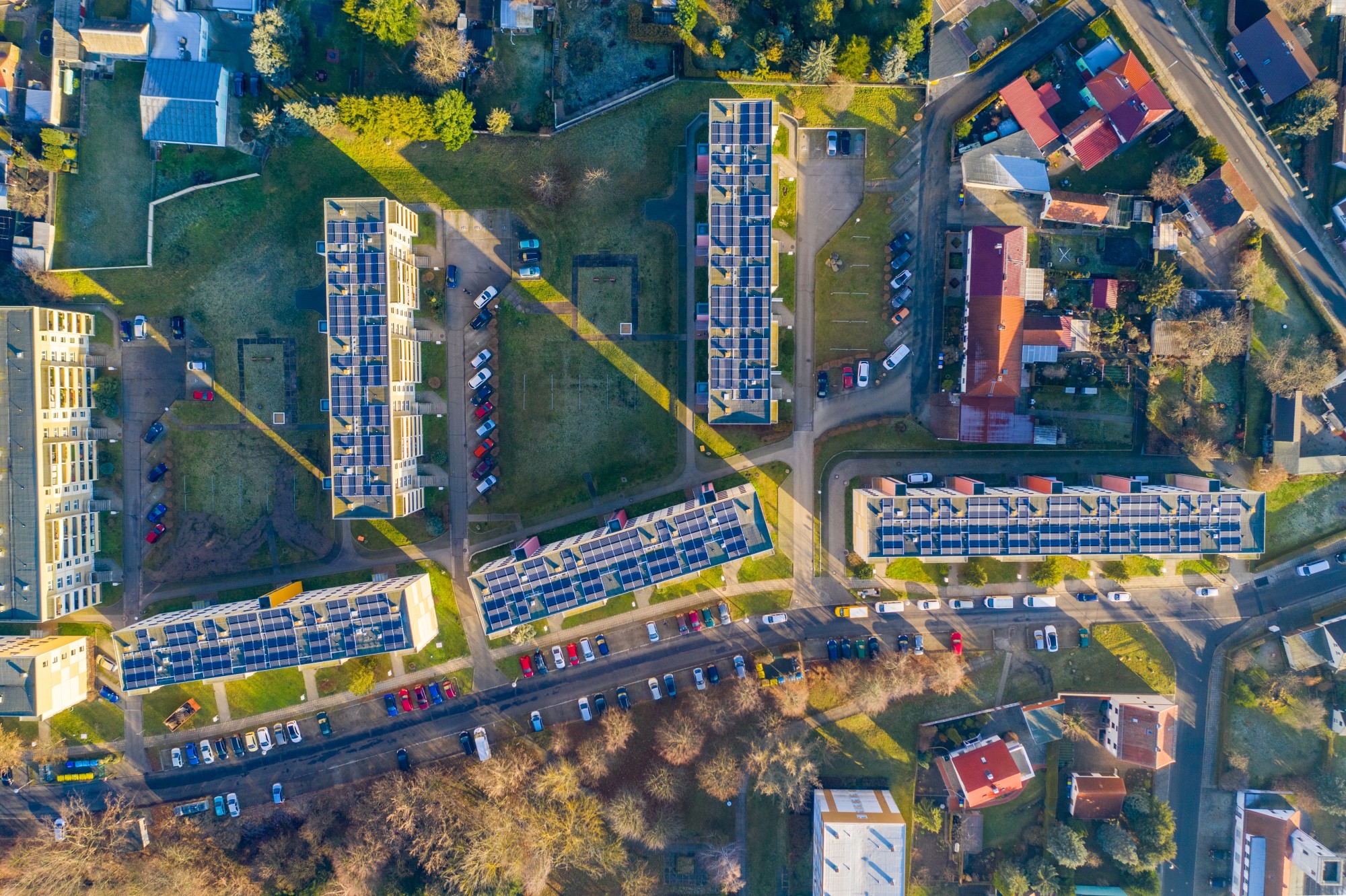There’s no doubting the fact that the modern world runs on energy. Whether it’s the lighting in our houses, the smartphones in our pockets, or even the cars in our driveway, almost everything we touch has some form of energy powering it.
The unfortunate consequence of this is a dependence on energy resources. In the past, these energy resources have almost completely been sourced from nonrenewable sources, such as fossil fuels and natural gas.
However, in recent years, the world has been moving towards the application of sustainable forms of energy. Sustainable real estate is one such trend that has especially seen the application of renewable energy.
In this article, we’ll discuss the trend of rising sustainable real estate development, and why this trend paves the way for the future of the real estate market.
Why Leverage Sustainable Real Estate?
Research shows that buildings use up to 40% of the world’s energy.
This is a mind-boggling amount of energy and dependence on nonrenewable resources. Given that there are only enough nonrenewable resources to facilitate the world’s energy dependence for a few more decades, the clear fact is that real estate has to move away from using nonrenewable energy sources if the human race is to continue relying on energy now as it has done in the past.
In addition, the world’s population is growing.
That means that more people than ever are flocking to urban areas. Cities are becoming more and more densely populated. The result is an increase in the number of high-rise buildings and living complexes that are built.
These buildings have a tremendous capacity to start saving on energy usage because of the closeness of its residents. Those who choose to invest in sustainable real state, like financier Prabir Purohit, will be ahead of those who do not.
Government Agreements
The Paris Agreement was signed in 2015 by 195 different countries. This agreement constituted regulations that each country would follow in order to curb their emissions, with the ultimate goal of reducing the earth’s carbon footprint to prevent climate change.
These regulations are starting in the real estate industry, where several strategies in house building can be employed in order to reduce each home’s carbon footprint.
Firstly, a home can be built with better insulation in order to reduce HVAC energy requirements. Second, a home can also source electrical energy from renewable sources, such as water power plants and nuclear power plants. Third, large complexes like high-rise apartments can use common-controlled HVAC systems to reduce power requirements.
The Future
At the end of the day, sustainable real estate is not a sexy market that holds much appeal to the casual investor. However, upon closer inspection, one can see that the simple truth is that the world has to turn to sustainable property in order to survive.
Thus, eco-friendly real estate is one of the investments that you need to consider in 2020 and beyond!
For more real estate advice, be sure to check out the rest of the website!










